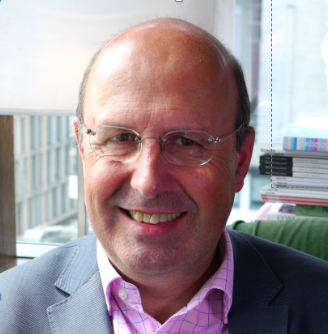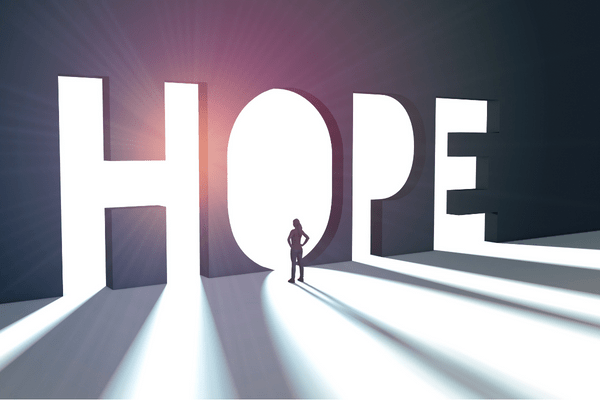You can sign up to our LinkedIn newsletter here
The AQai assessment framework is the first time that I’ve seen people measure hope or hopefulness as a character trait, particularly in the context of how well you respond to the challenges of change.
I am constantly looking to hope as a way of enabling people to break out of the negative stance they have to their circumstances. Again and again, I have found that when people find hope, whatever the situation, they are then able to look at new opportunities and step into a different kind of future.
But within the AQai framework, hope is not an event. It’s really a character preference as to how you respond to the outside world, and it’s important at three levels. It’s important as an individual so you understand how you engage with the outside world, and the challenge of change. It’s also important for team leaders to understand how their people respond in the hope dimension. Finally, at an organisation level it’s important to see what the predominant character traits are of the people you employ.
As a character trait, the assumption is that this is your default response to situations. Over time you can evolve and develop your character in different ways, but you will probably still prefer seeing the world through a particular view.
What is the AQai character trait of Hope?
The AQai assessment places you on a spectrum of very, very fearful to very, very hopeful. It identifies your default mindset to pursuing goals and the general ability to see or create alternative ways in which to reach one’s goals if challenges arrive. This is not optimism and it’s not about self-belief. Rather, given a positive approach to the future, it measures how you will view what you can do to achieve an outcome.
So, with a high level of hope, you will find different ways to achieve your outcome. You will have high energy and like to move forward. You’ll feel able to deal well with roadblocks because you see them as challenges you can overcome with different strategies. You will expect that there are alternative paths and different opportunities.
Whereas, if you are on the fearfulness spectrum, if you are fearful, you will start with the expectation that you are going to be blocked. You will seek to hunker down and stay with what you know, because that will feel the safest place to be. You’ll tend to be motivated by the things you want to move away from, rather than things you want to move towards. Faced with change, your immediate response or your default response to change is to reject it or avoid it.
Dealing with Fearfulness
If you’re on the fearful end of the hope spectrum, then you may wish to examine whether doing nothing in relation to change is the worst option. Reflect carefully how doing nothing will potentially make your future more uncomfortable, more difficult or more painful. This can be a powerful way of understanding how you need to adapt in order to respond to change.
By contrast, if you are on the hopeful end of the spectrum you may be more motivated and have more energy for the possibilities of what you could do.
Pain or Pleasure?
Are you somebody who is more strongly motivated to move away from pain or to move towards pleasure?
If you are hopeful, you will tend to focus on the opportunity for benefits or pleasure. If you are fearful you will tend to focus on the risks of cost or pain. As you come to understand how you respond to change, you will be able to adapt your response to go beyond your default view.
What does it mean for Leaders?
Whether you’re leading a team or have a senior leadership role, if you’re finding that a significant proportion of your team or organisation are fearful, then the way you introduce change may be very different, than if you’re leading a group of people who are predominantly hopeful. Alongside that, you need to remember that in any group of people there are people at different places on the spectrum. The messages you put out and the way you interact with people must appeal to people who start from a default position of fear as well as people who start from a default position of hope.
As with many things across the AQai framework, these insights are only the starting point. It is your responsibility as an individual, as a team leader or a senior leader across the organization to make use of that insight in order to better support people through the process of change.

Charles McLachlan is the founder of FuturePerfect and on a mission to transform the future of work and business. The Portfolio Executive programme is a new initiative to help executives build a sustainable and impactful second-half-career. Creating an alternative future takes imagination, design, organisation and many other thinking skills. Charles is happy to lend them to you.
